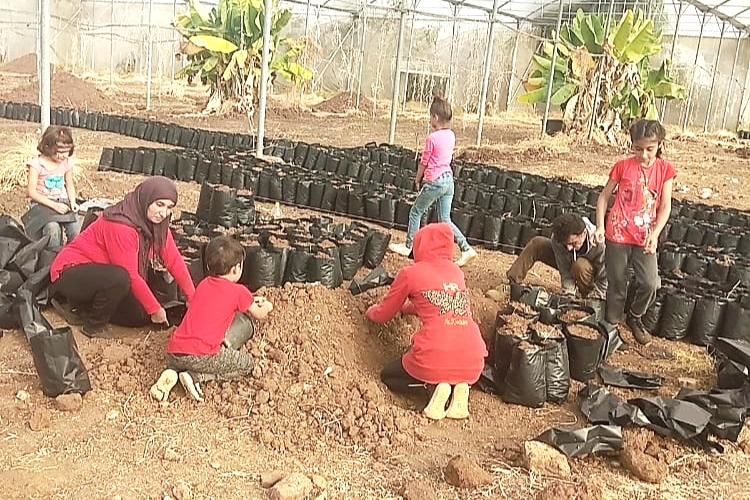
by Katharine Lake Berz | 1 Feb 2022 | Conflict, Educators' Catalog, Human Rights, Immigration, Middle East, Refugees, University of Toronto Journalism Fellows
Lebanon is suffering one of the worst crises the world has seen in 150 years. The children in one Syrian refugee family have little choice but to work. The Hemo family working in a greenhouse where they earn $10 a day for their labour, November 2021 (All photos by...
More than half a million refugees have fled Ukraine since war broke out one week ago, with more still fleeing the fighting. Throughout history, displacement has gone hand-in-hand with conflict. Decades of violence in Afghanistan displaced more than 2.6 million refugees, with thousands more fleeing last autumn after the U.S. troop withdrawal. (Some, like correspondent Zamir Saar, sought refuge in Ukraine.) According to the UNHCR, since 2011, the crisis in Syria has forced 6.8 million people to leave their country, with another 6.7 million internally displaced.
Now, an estimated 1.5 million Syrian refugees are living in Lebanon, including Sanam Hemo, her husband, and their seven children. While Lebanon provides safety, the country is experiencing a dire economic crisis, leaving no choice but for all family members — even their four-year-old — to work. Katherine Lake Berz, a journalism fellow at the University of Toronto, gives an up-close account of the reality of refugee life for Sanam’s family and how organizations like UNICEF Canada are seeking solutions to child labor.
Exercise: Ask students to put themselves in Sanam and Othman’s shoes. What would they do differently? What would they do the same?
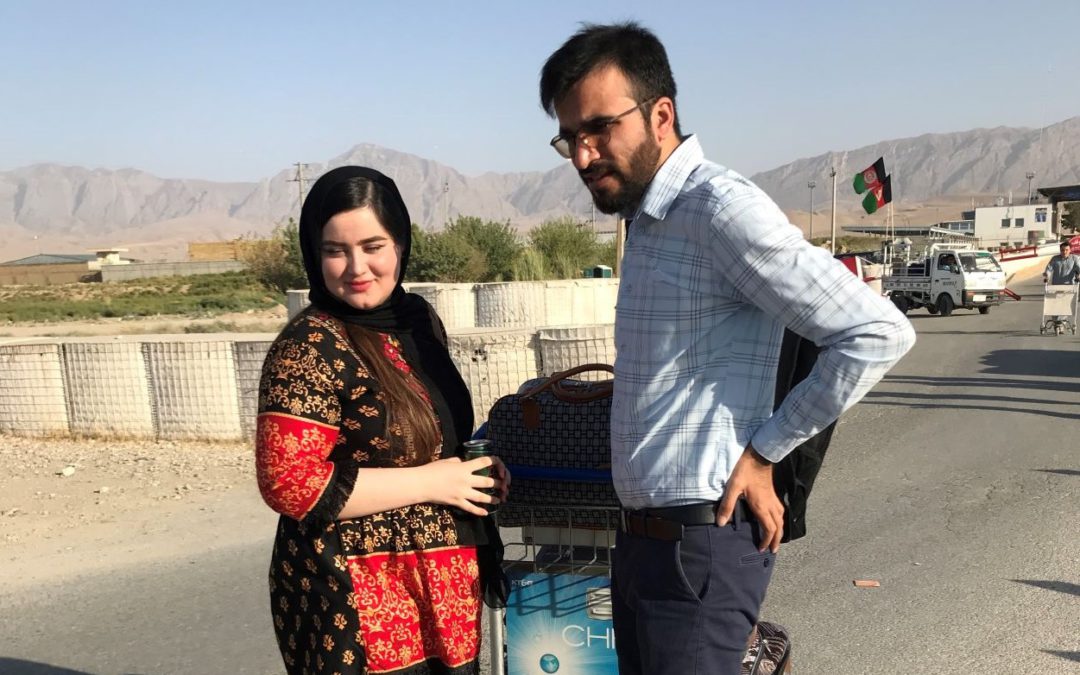
by Zamir Saar | 16 Nov 2021 | Asia, Conflict, Educators' Catalog, Eyewitness, Human Rights, Identity, Immigration, Islam, Personal Reflections, Refugees, University of Toronto Journalism Fellows
My pregnant wife and I were lucky to escape Afghanistan after it fell to the Taliban. We have swapped danger for refuge and bewilderment in Ukraine. The author and his wife bid farewell to their families at the entrance to Mazar-e-Sharif airport in Balkh province,...
Journalist Zamir Saar delivers a first-hand account of his and his wife Kamila’s experience escaping Afghanistan after the country fell to the Taliban in August. Grateful for refuge in Kyiv, Ukraine, far from the violence and downward economic spiral that face their native land, Zamir and Kamila — five months pregnant at the time they fled — now find themselves unsettled by makeshift living arrangements and uncertainty about their future. As Zamir notes, the hardest part has been leaving the familiar spaces in their home towns and finding nothing so far to replace them in their new environment. But there’s also recognition that there’s only so much a receiving country like Ukraine can do.
Exercise: Ask students to think about what makes them feel most at home and how they might recreate those things in an unfamiliar environment.
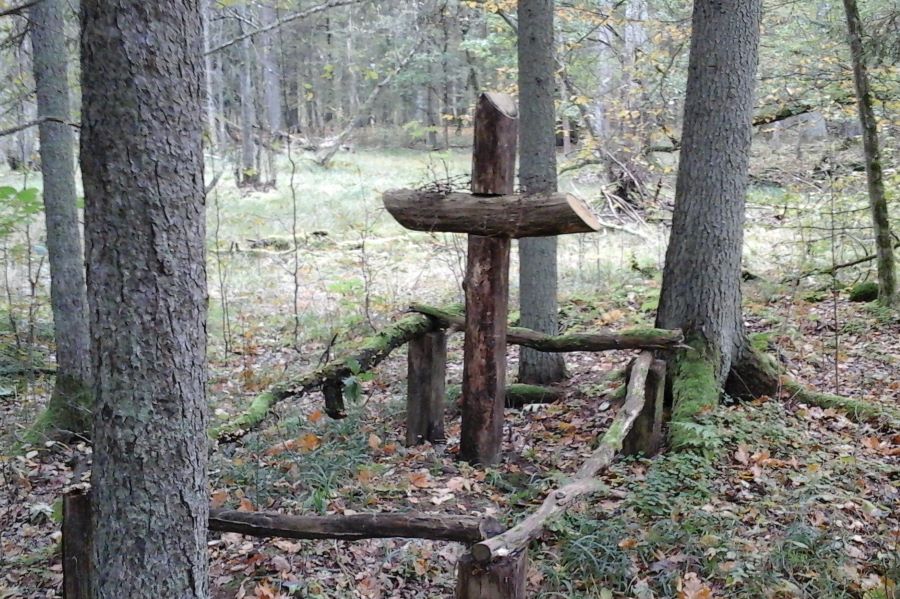
by Helen Womack | 11 Nov 2021 | Europe, Human Rights, Immigration, Politics
Thousands of refugees are in limbo in a forest straddling Poland and Belarus, caught in a humanitarian vice that is raising tensions in Europe. A wooden cross in Białowieża forest in eastern Poland in 2016 (Photo by Helen Womack) In the ancient Białowieża forest in...
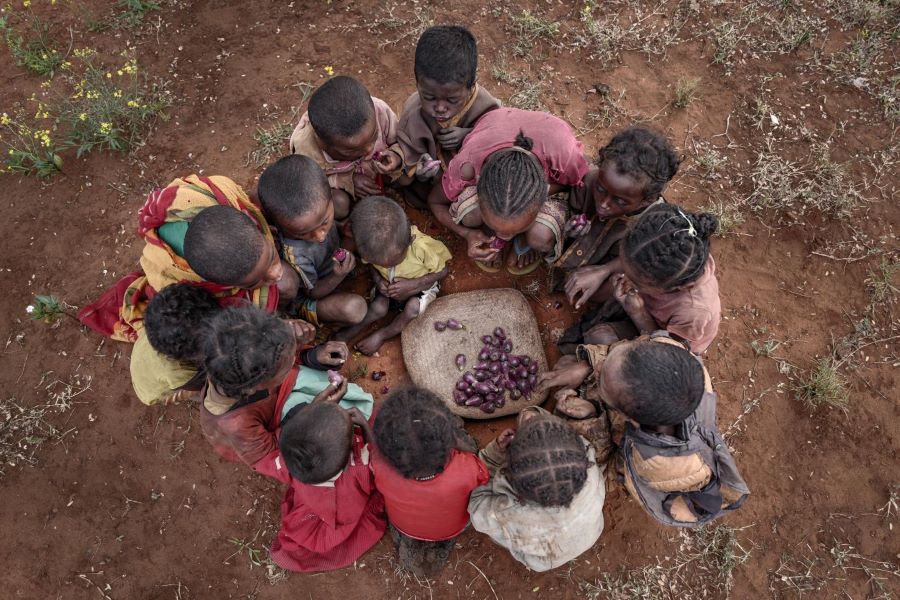
by Jeremy Solomons | 29 Oct 2021 | Africa, Climate change, Environment, Immigration, Refugees
Africa has contributed very little to global warming. But the continent is the most vulnerable to the impact of climate change — and already suffering. Children in Madagascar. The United Nations estimates that at least half a million children under the age of...
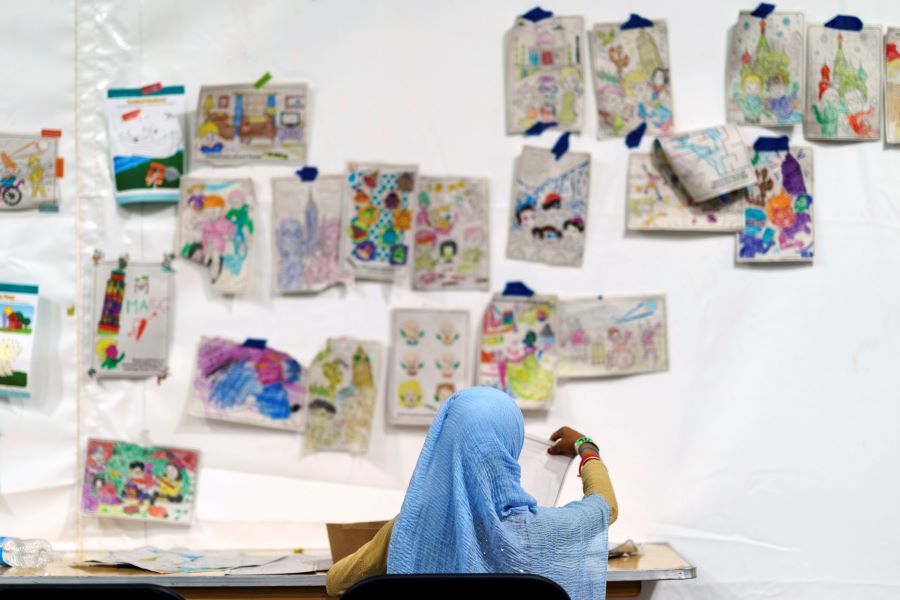
by Natasha Comeau | 20 Oct 2021 | Asia, Conflict, Human Rights, Immigration, Refugees, Terrorism, World
After Kabul fell to the Taliban, the hurried evacuation of Afghans and COVID-19 have complicated efforts to find the refugees new homes overseas. A child holds up a piece of artwork while drawing in a tent at U.S. Fort Bliss, in New Mexico, where Afghan refugees are...

by Helen Womack | 12 Oct 2021 | Europe, Future of Democracy, Government, Human Rights, Immigration, Nationalism, Politics
Hungary opened the first cracks in Soviet Communism. Now, the world awaits its elections pitting a right-wing populist leader against a liberal opposition. A street performer in front of a statue commemorating the “Lads of Pest” — youngsters who took up...
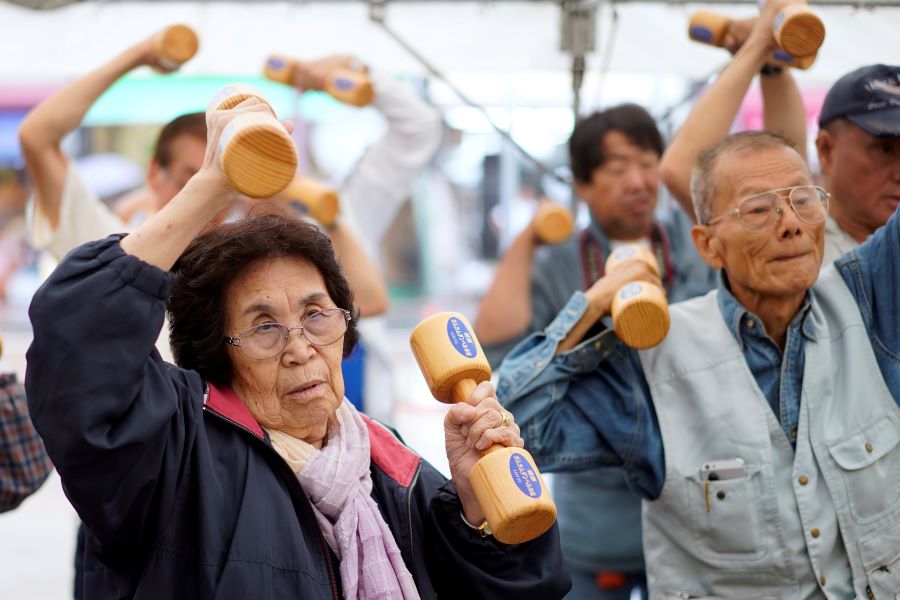
by Bernd Debusmann | 21 Jun 2021 | Decoders, Economy, Educators' Catalog, Immigration, World
The world’s population is aging. How are we to pay for the pensions and healthcare of a burgeoning number of elderly? Elderly exercise with wooden dumbbells in Tokyo, Japan, 16 September 2019. (EPA-EFE/FRANCK ROBICHON) Call it baby bust and oldster boom — two...
Population growth has long been seen as a threat to humanity, and government efforts to limit births have either failed (India) or led to imbalances and inequities (China). Bernd Debusmann takes a look at the problems that a slowing rate in population growth poses for societies — problems that younger generations will need to manage in coming decades. Global aging will require tough decisions so societies can support the elderly — decisions your students will be asked to make.
Exercise: Ask your students to examine their country’s demographic trends and to compare its policies with those pursued by nations with a similar demographic outlook.
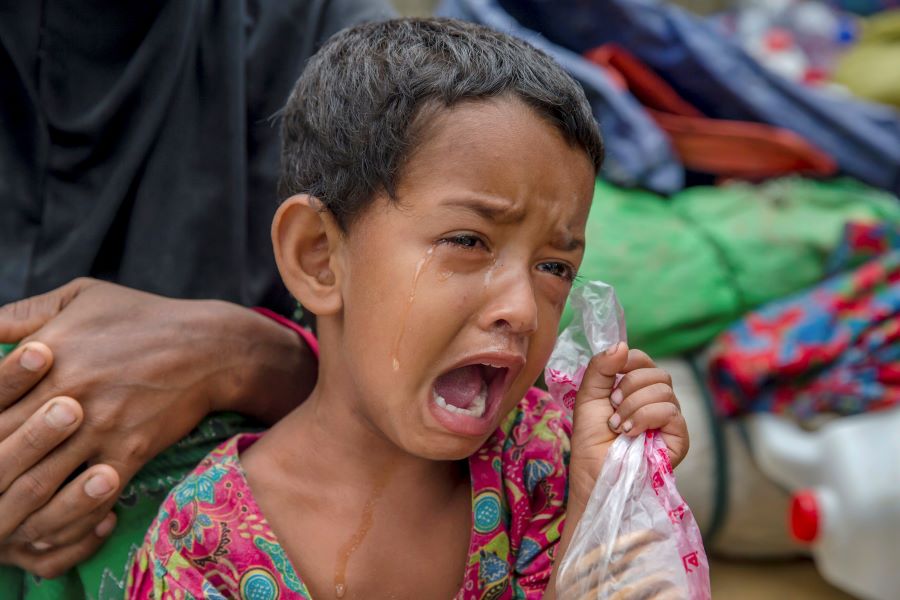
by Tara Heidger | 25 May 2021 | Climate change, Educators' Catalog, Environment, Human Rights, Immigration, Politics, World
Climate change is uprooting more and more people from their homes. But managed sensibly, migration can help nations adapt to global warming. A Rohingya girl at a refugee camp in Kutupalong, Bangladesh (AP Photo/Dar Yasin) Growing numbers of people around the world,...
Migration has been in the headlines in recent years and given a lift to populist politicians who predict that climate migrants will soon be flooding across borders. News Decoder correspondent Tara Heidger examines the data to tell a different story: that most individuals uprooted because of conflict, disasters or climate change remain within their countries, and that migration, managed well, can be a sensible response to climate change.

by Miriam Hernandez | 23 Apr 2021 | Art, Contest winners, Contests, Culture, Educators' Catalog, Identity, Immigration, Personal Reflections, Student Posts, Westover School, Youth Voices
My family came to the U.S. from Mexico. I used to be ashamed of our humble lifestyle. I offer these photos to show I’m now proud. This story won a third prize in News Decoder’s Ninth Storytelling Contest. Originally from Zapotitlan Palmas, a small town in...
Many students have much to say, but freeze when asked to put pen to paper. Asking them to first engage in other forms of self-reflection may make it easier to produce powerful written texts. Miriam Hernandez of Westover School demonstrates this point with her piece on growing up in the United States as a daughter of Mexican immigrants. Hernandez began with uncaptioned photographs of her family’s surroundings — a dinner table, a kitchen sink, a breeze through the front door — and later produced accompanying text — simple, direct, unvarnished — that complements the photos. Together, the pictures and text offer a candid glimpse of the author’s upbringing and how she came to terms with her heritage.
Exercise: Ask your students to take a series of photographs of life at home and to then write about what the images represent to them.
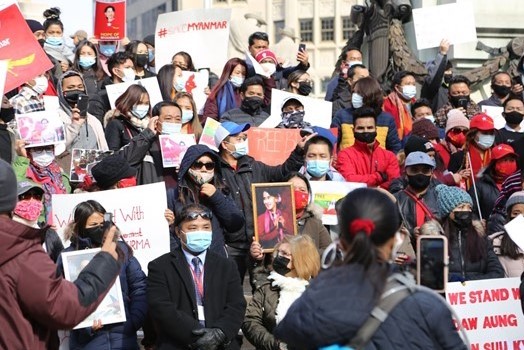
by Evan Wright | 14 Apr 2021 | Asia, Contest winners, Contests, Future of Democracy, Human Rights, Immigration, Indiana University, Politics, Student Posts, Youth Voices
They are 8,000 miles from Myanmar, but Burmese in the U.S. are raising money in a fight for the restoration of democracy in the Asian nation. A recent protest against the military coup in Myanmar, in Indianapolis, Indiana (courtesy of Elaisa Vahnie) This story was a...










